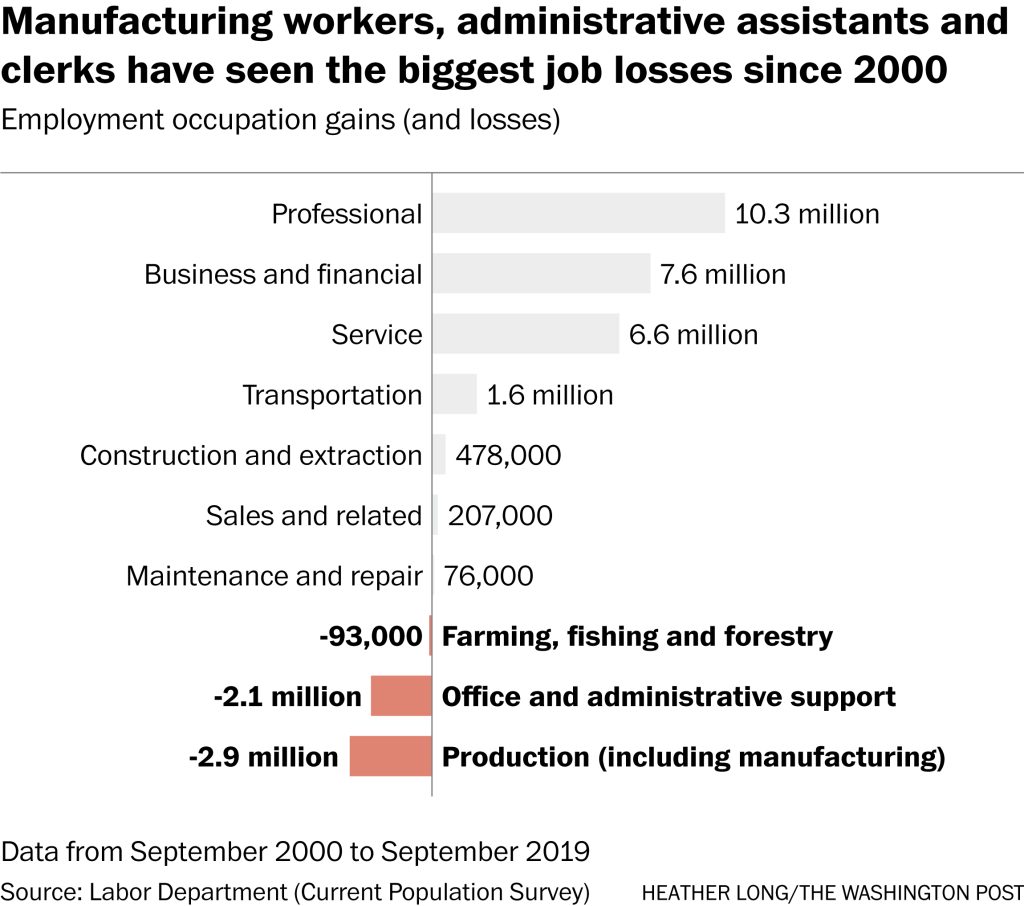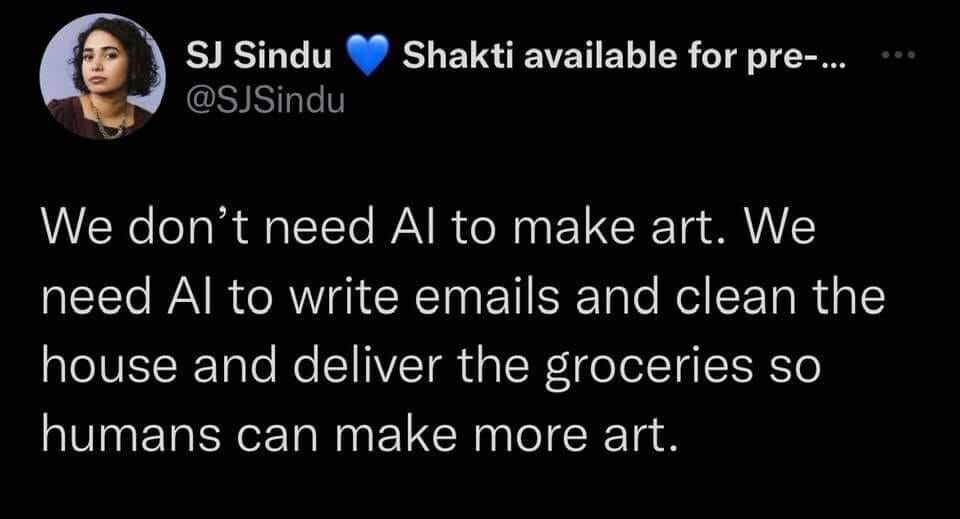
What does the future of Secretaries look like?
In a recent Financial Times article journalist Sarah O’Connor discussed the ever-decreasing number of secretaries and support staff. Titled We are all secretaries now, she uses the piece to explore how these support roles have largely been outsourced, automated, and redistributed. This of course opens up a discussion of what the future of secretarial roles will look like. Is it a role that will vanish on paper, while its workloads get redistributed informally?
Becoming Your Own Secretary
The slow death of the secretarial sector has been long anticipated. Between changing demands, a slow and partial recovery from the last recession, and ever-increasing levels of automation, the pressure is high.
Being replaced by a machine is a fear that has long been lurking at the back of human consciousness. From purely mechanical tasks to ones requiring complex data analysis, there isn’t much that machines or algorithms cannot do nowadays. Unsurprisingly this has led to a variety of scientific studies trying to estimate what percentages, and what types of jobs are especially vulnerable to automation. While the exact numbers change from publication to publication, the projections look grim for secretaries and administrative staff.
Data from the US department of labour backs this up: the last two decades have seen significant losses of employment in the office and administrative support sectors (see Fig 1). Their projections for the next decade are not optimistic either. Falling only behind cashiers, likely falling victim to automation via self-checkout machines, secretarial staff are predicted to see the second largest professional decline.

While automation is of course part of the threat, perhaps more insidious is the siren song of cost cutting. Many secretaries have been let go for the sake of cutting costs, with their duties simply being redistributed onto other employees. On top of doing their formal roles, these employees are also tasked with booking their own travel or filing their expenses themselves. In theory this can be done to cut down on “unnecessary” staff, but it might also hamper employee productivity. Instead of devoting their time to performing the tasks they are trained to do, employees may now have to grapple with new filing systems and expense accounts.
AI as Productivity Tool
I don’t want AI to write the first drafts of my columns. But I’d love it to do my expenses for me.”
Sarah O’Connor for the Financial Times. Source
Increasing efficiency is often seen as the highest premium in the workplace. Automation has traditionally been developed to eliminate the most time consuming and intricate processes of manufacture. This is often done through software; algorithms and programmes developed to minimise the most time-intensive or menial tasks.
Productivity programmes are nothing new. From virtual assistants like Apple’s Siri, to Amazon’s often derided Alexa, consumers have long been exposed to software intended to make our lives easier. But as researchers are developing increasingly sophisticated AI, its purpose becomes more complicated. Artificial intelligence can be a great tool to improve productivity, for example through its superhuman capacity to process and synergise data. When ChatGPT, an AI-based chatbot, was released, its ability to do exactly that was praised by many. But ChatGPT, alongside many of the Ais which create art based on prompts, highlights how perceptions of AI differ from traditional software.
These AIs “create” by copying and synergising from source materials, and while their outputs are never truly original (or truly creative), they nonetheless threaten the jobs of human writers and artists. There is no doubt that creative AI is a fascinating exercise, which can also teach us about biases in machine learning and data sampling. But at the end of the day, we should bear in mind that AI was developed as a tool to help us. Whether as a processing tool or in a more secretarial fashion, keeping on top of scheduling and filing expenses.

This sentiment is now commonly echoed on the internet, as a kind of pushback to such creative Ais. As one twitter user put it: “We don’t need AI to make art. We need AI to write emails and clean the house and deliver groceries so humans can make more art”.
Source
Occupations with the largest job declines : U.S. Bureau of Labor Statistics

